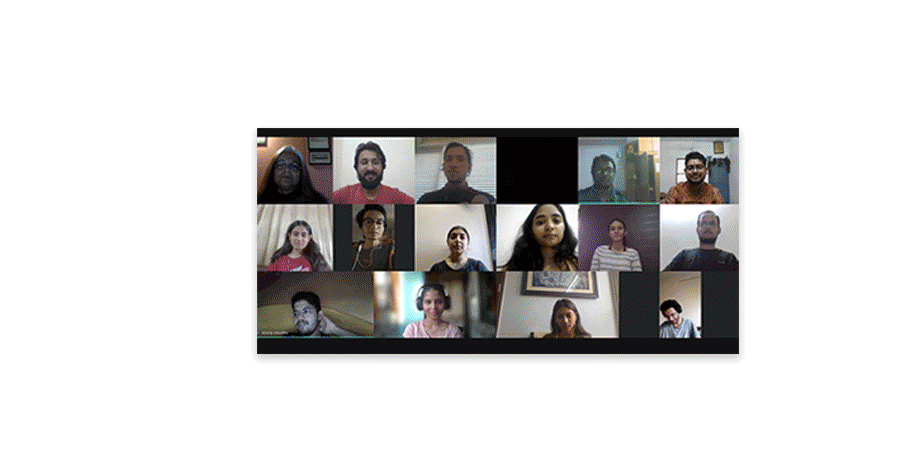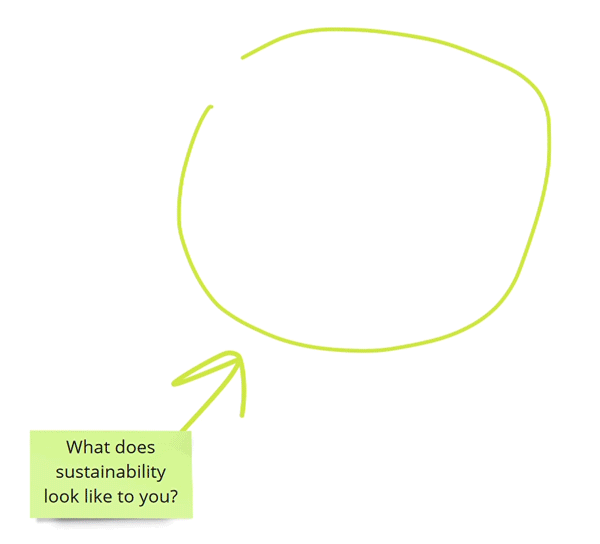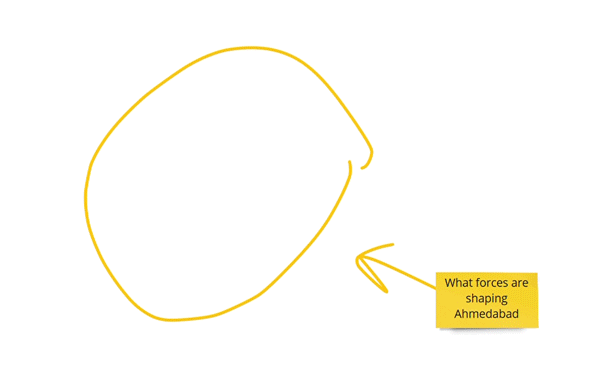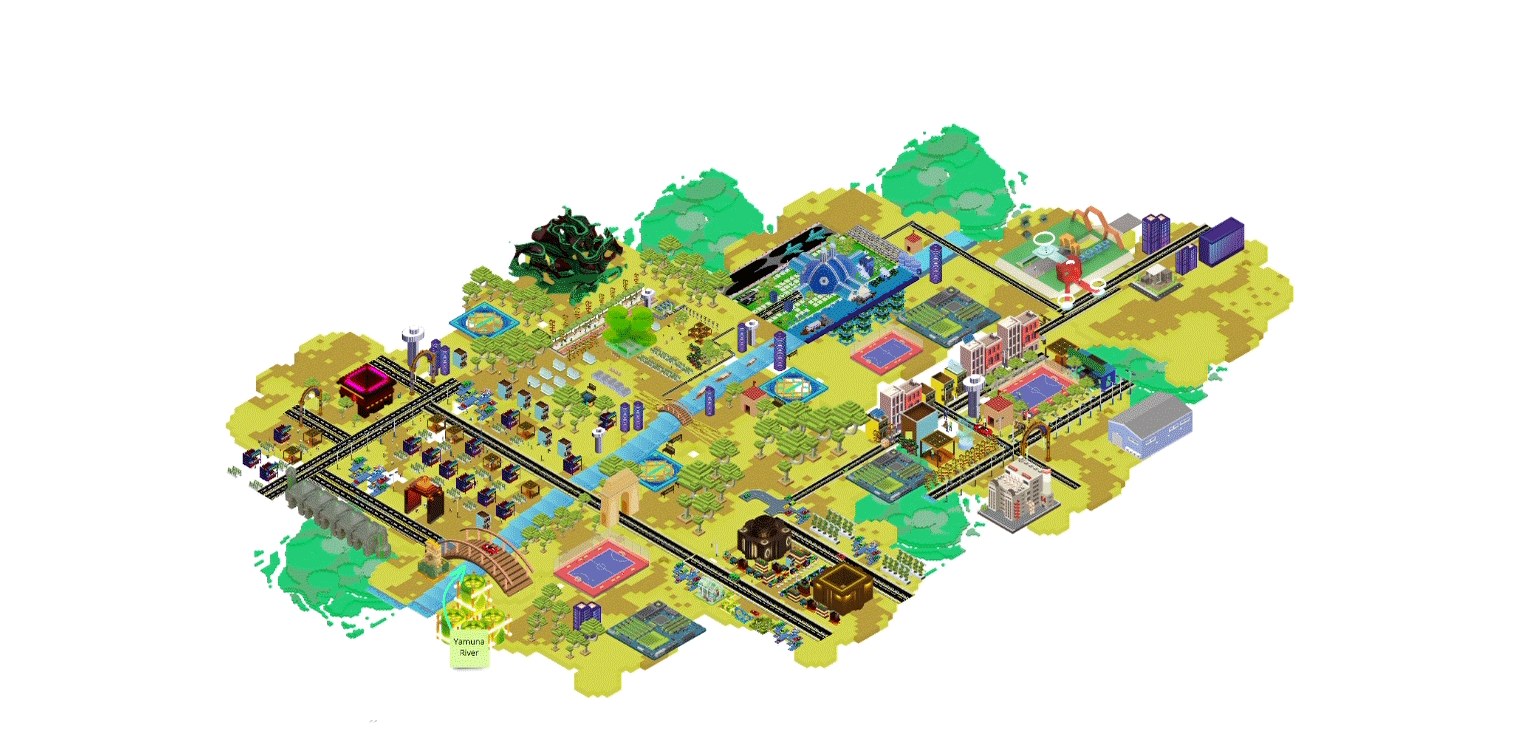WHAT MIGHT A SUSTAINABLE AHMEDABAD LOOK LIKE?
Over the course of 5 days the industrial design students of Anant National University were challenged to explore what sustainability meant to them and how a strengthened commitment to sustainable practices by those shaping the city of Ahmedabad might inform its development.
The aim of the workshop was to encourage students to unpack the large and complex concepts of sustainability and foresight, and make these approaches relevant to their own needs and interrogations.
This was done through a wide range of activities from simple desk research, to world-building, to 3D modelling. Each activity and tool contributed to making these concepts more approachable and personal.

🔮 > DAY 1
Who shapes our futures?
Discussions around the future(s) are evolving, the students were challenged to try and go beyond Euro and techno-centric futures and draw from the city's histories to give a richer, more nuanced take on their narrative.
🌺 > DAY 2
Futures & sustainability
We then spent a full day reframing and unpacking what sustainability meant to the students using as a starting point Tony Fry's definition: "Sustain-ability [...] is ‘the ability to sustain.’ That is to say the ability to constantly learn, work on, and improve that which is vital."
🛠️ > DAY 3
Building Tomorrow's Ahmedabad
Building on this new foundation of what sustainability and the future might look like, each group chose a specific location in Ahmedabad for them to project into the future.
🧹 > DAY 4
Refining the vision
The fourth day was dedicated to refining these visions: deepening their understanding of the neighborhood they were working on, detailing the narrative developed for their character and refining the visual treatment they were hoping to apply.
✨ > DAY 5
Presentations & feedback
The final day was set aside for a public presentation with several guests joining from around the world.


